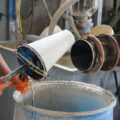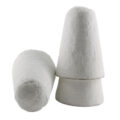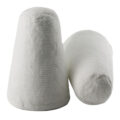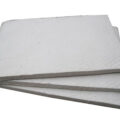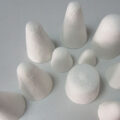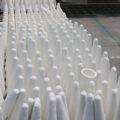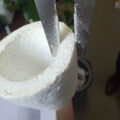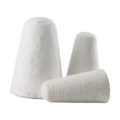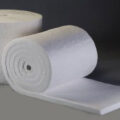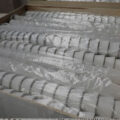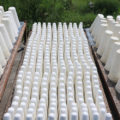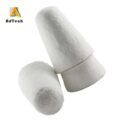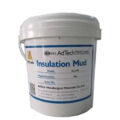AdTech offers refractory fiber products, mainly includes Ceramic Fiber Rope, Ceramic Fiber Paper, Ceramic Insulation Board, Ceramic Wool Insulation. Ceramic fiber, also known as aluminum silicate fiber, is the longest-used ceramic fiber insulation sealing material.

Refractory fiber is a fibrous heat-insulating refractory material. It has the characteristics of the general fiber, is soft, elastic, and has a certain tensile strength. Refractory fiber can be further processed into various paper, rope, bord and blanket products, and it has high-temperature resistance and corrosion resistance.
Refractory fibers can be used as furnace linings that are in contact with flames at high temperatures, but are not in contact with high-speed airflow, molten metal and slag. Mainly used as a refractory and heat insulation material, it has been widely used in metallurgy, chemical industry, machinery, building materials, shipbuilding, aviation, aerospace and other industrial sectors. It can also be used as a sealing, sound-absorbing, filtering material, and reinforcing material for high-temperature composite materials.
Refractory fiber is a non-dense material, and a metal melt and slag can penetrate into the fiber and cause damage to the furnace lining. Therefore, refractory fiber is generally not used for the part that is in direct contact with the melt. The strength of refractory fiber products is lower than that of dense refractory materials. Special protective measures should be adopted in those parts that are often subjected to mechanical extrusion, collision, and friction.
Refractory fiber products are not resistant to erosion. When refractory fiber materials are used as the furnace lining, the air velocity in the furnace should generally be less than 10m/s. The atmosphere of the kiln is closely related to the service life of the refractory fiber. The maximum operating temperature under reducing atmosphere and vacuum should be lower than the operating temperature under an oxidizing atmosphere, generally 100-150℃ lower under reducing atmosphere and lower under vacuum 250~300℃.

